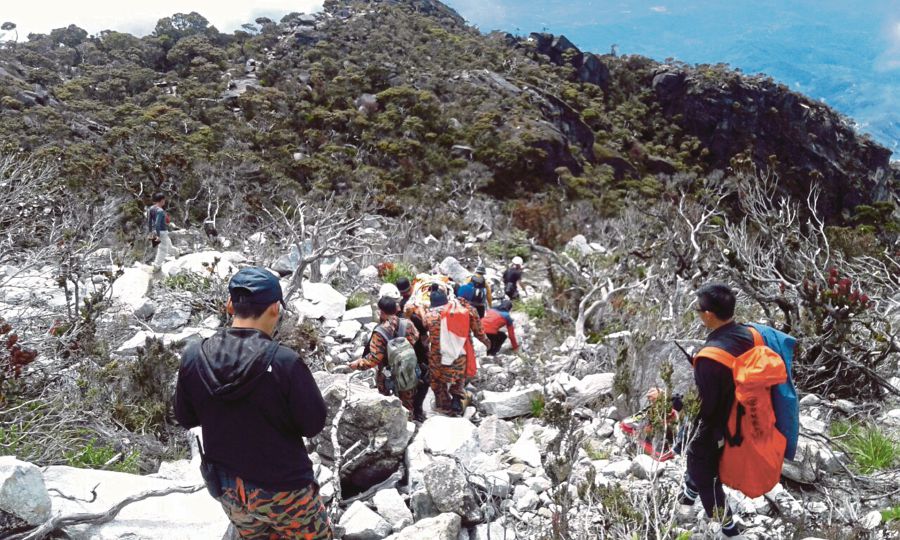Our experience with the tsunami in 2004 and the frequent landslides, hill slope collapses, and sinkholes compel us to take measures.
Although we do not have earthquakes and typhoons, as faced by neighboring countries, we have our fair share of natural disasters. As such, it is to our interest to enhance our efforts to minimize the risk of disasters.
Deputy Prime Minister Datuk Seri Dr Wan Azizah Wan Ismail, in her statement at the Asian Ministerial Conference on Disaster Risk Reduction (AMCDRR) in Ulaanbaatar, Mongolia recently, pointed out that a scientific and technical panel had been put in place in Malaysia to work out scientific guidelines on disaster risk reduction.
She said Malaysia was ready to implement the resolutions agreed under the Ulaanbaatar Declaration as well as the 2018-2020 Action Plan formulated during AMCDRR, which could help Malaysia prevent disasters and tackle new challenges brought about by climate change.
Malaysia must focus on safety and health issues, and disaster risk reduction in the interest of public safety and people’s wellbeing.
Global climate changes and tectonic plate movements have exposed Malaysia to new natural disasters, such as the fatal earthquake at Mount Kinabalu in 2015, with mild aftershocks still felt regularly in Ranau.
To work towards risk reduction, it is essential for more frequent safety audits to be done by the authorities of our hill slopes, rivers, seafront and other risky areas, especially those near human settlements and tourist attractions.
Equally important is to intensify checks on our natural environment.
We must have a strong maintenance culture.
We need to improve and upgrade our early-warning systems in respect of tsunami or any other natural disasters from time to time.
There is a need for Malaysians to be actively involved in safety drills like what is being done in Japan and South Korea so that the people will be able to better cope with emergencies.
Our Special Malaysia Disaster Assistance and Rescue Team, the Fire and Rescue Services Department personnel and other agencies involved in rescue operations should seize every opportunity to participate in disaster rescue training programmes and real operations abroad so that they can acquire new experiences and skills.
Take, for example, the multinational rescue operation in Tham Luang, Chiang Rai, Thailand, which rescued 12 boys and their football coach trapped in a flooded cave.
Those involved are unsung heroes and should be given due recognition.
If we had participated in the rescue mission, we would have gained immeasurable knowledge for future rescue missions.
I wish to compliment our Fire and Rescue Services department director-general Mohammad Hamdan Wahid, who expressed the wish for his personnel to hone their skills for cave rescue operations.
Malaysia should enhance cooperation and strengthen networks with other countries to minimize the occurrence and impact of disasters and mount effective search-and-rescue operations.
Source: New Straits Times | 24 July 2018














